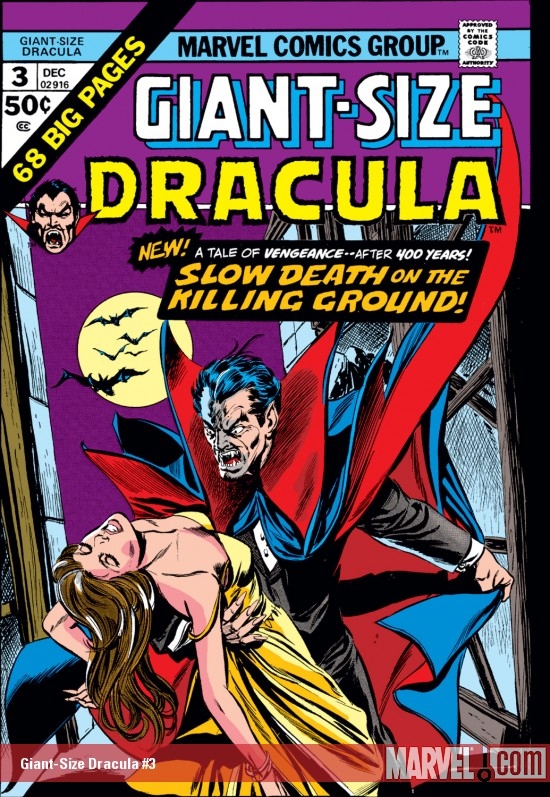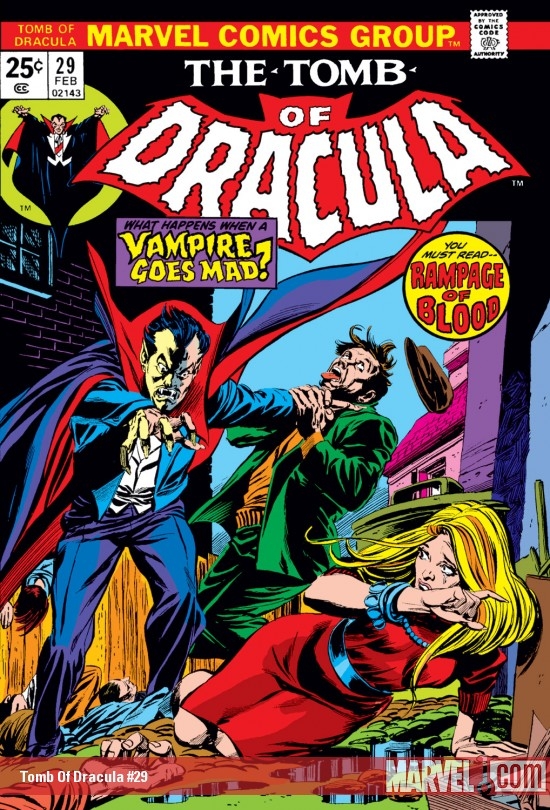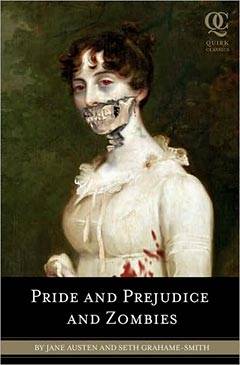Murray Leinster’s “Runaway Skyscraper”
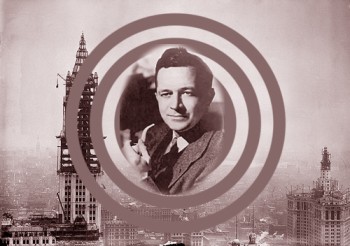 I’m a nut about the trivia of dates, so the moment I heard about the birth of my second nephew, A. Dean Martin (yes, really), I had to look up the famous people who share his birthday of June 16. The list includes philosopher Adam Smith, legendary film comedian Stan Laurel, and Apache leader Geronimo. Oh, and some fellow named Murray Leinster.
I’m a nut about the trivia of dates, so the moment I heard about the birth of my second nephew, A. Dean Martin (yes, really), I had to look up the famous people who share his birthday of June 16. The list includes philosopher Adam Smith, legendary film comedian Stan Laurel, and Apache leader Geronimo. Oh, and some fellow named Murray Leinster.
It was that last name that struck me the most. Murray Leinster is one of those science-fiction masters who has managed to find a place in general public obscurity. Despite a writing career lasting over half a century, Leinster’s name probably means nothing to most casual readers of contemporary science fiction, unless they pick up anthologies of Golden Age stories.
Murray Leinster (pen name of William Fitzgerald Jenkins, 1896–1975) is a rare case of a twentieth-century science-fiction author whose career started before the Campbell Revolution in Astounding but also continued through and beyond it, into the era when Astounding had become Analog and the field had broadened with The Magazine of Fantasy and Science Fiction and Galaxy. Like Jack Williamson, Leinster shifted easily into the stable of authors that John W. Campbell corralled for Astounding, which was otherwise made up of newly discovered writers. Leinster wrote some of his best work for Astounding, most notable among them “First Contact,” a story which the Science Fiction Writers of America voted into the classic 1970 anthology The Science Fiction Hall of Fame, Volume One, meant as a “Nebula Awards before there were Nebula Awards.” “First Contact” tied for fourth place in the list of stories with Theodore Sturgeon’s “Miscrocosmic God.” Its inclusion in the collection marked it as one of the greatest short stories in the field pre-1965.
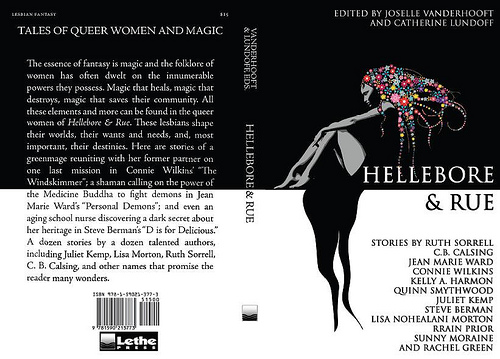 Hellebore & Rue: Tales of Queer Women and Magic
Hellebore & Rue: Tales of Queer Women and Magic As a good Shakespearean, Kenneth Branagh understands fantasy. I think the movie Thor succeeds mostly because of what he as a director brings to the film, and what he’s able to get out of his cast. What’s missing seems to be what the script doesn’t give him — a larger world, memorable supporting characters, and a willingness to engage with the matter of fantasy.
As a good Shakespearean, Kenneth Branagh understands fantasy. I think the movie Thor succeeds mostly because of what he as a director brings to the film, and what he’s able to get out of his cast. What’s missing seems to be what the script doesn’t give him — a larger world, memorable supporting characters, and a willingness to engage with the matter of fantasy.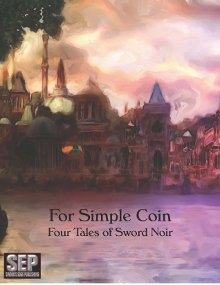
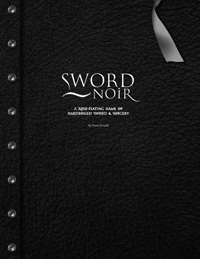
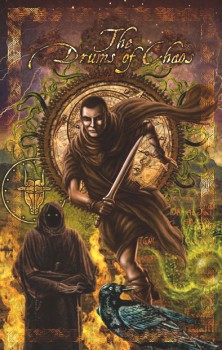 The Drums Of Chaos
The Drums Of Chaos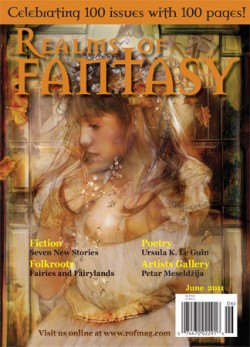 Congratulations to Realms of Fantasy on its 100th issue (which actually has 101 pages, but I guess the extra page is for good luck, and doesn’t make for quite the same alliterative headline), a notable accomplishment for a publication that has been brought back from the dead on several occasions. In fact, the magazine has had five publishers, with founding editor Shawna McCarthy the only person who has been there for the duration, according to the issue’s “Little Known Facts.” Fiction contributors include Leah Bobet, Josh Rountree and Samantha Henderson, Sharon Mock, Thea Hutchinson, Patrick Samphire, Euan Harvey and David D. Levine, as well as poetry by Ursula Le Guin and various art, book, gaming and movie reviews along with the regular Folkroots column by Theodora Gass. Here’s the complete
Congratulations to Realms of Fantasy on its 100th issue (which actually has 101 pages, but I guess the extra page is for good luck, and doesn’t make for quite the same alliterative headline), a notable accomplishment for a publication that has been brought back from the dead on several occasions. In fact, the magazine has had five publishers, with founding editor Shawna McCarthy the only person who has been there for the duration, according to the issue’s “Little Known Facts.” Fiction contributors include Leah Bobet, Josh Rountree and Samantha Henderson, Sharon Mock, Thea Hutchinson, Patrick Samphire, Euan Harvey and David D. Levine, as well as poetry by Ursula Le Guin and various art, book, gaming and movie reviews along with the regular Folkroots column by Theodora Gass. Here’s the complete 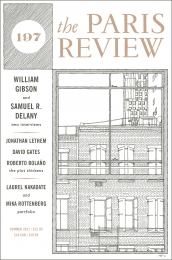 Tastemaker Central take particular pleasure in noting that the latter literary bastion has much of interest to the same people who read the bastion of fantasy genre tales (and perhaps vice versa?). The Summer 2011 features “Art of Fiction” interviews with Samuel R. Delany and William Gibson, as well as a story by Jonathan Lethem, “The Empty Room,” that’s available
Tastemaker Central take particular pleasure in noting that the latter literary bastion has much of interest to the same people who read the bastion of fantasy genre tales (and perhaps vice versa?). The Summer 2011 features “Art of Fiction” interviews with Samuel R. Delany and William Gibson, as well as a story by Jonathan Lethem, “The Empty Room,” that’s available 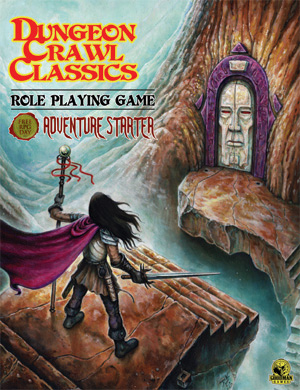 This Saturday is Free RPG Day, and as a lifelong gamer I wanted to encourage all of you current, former, and interested potential gamers to drop by your local gaming store to see what free role-playing game products are being offered for your enjoyment.
This Saturday is Free RPG Day, and as a lifelong gamer I wanted to encourage all of you current, former, and interested potential gamers to drop by your local gaming store to see what free role-playing game products are being offered for your enjoyment.